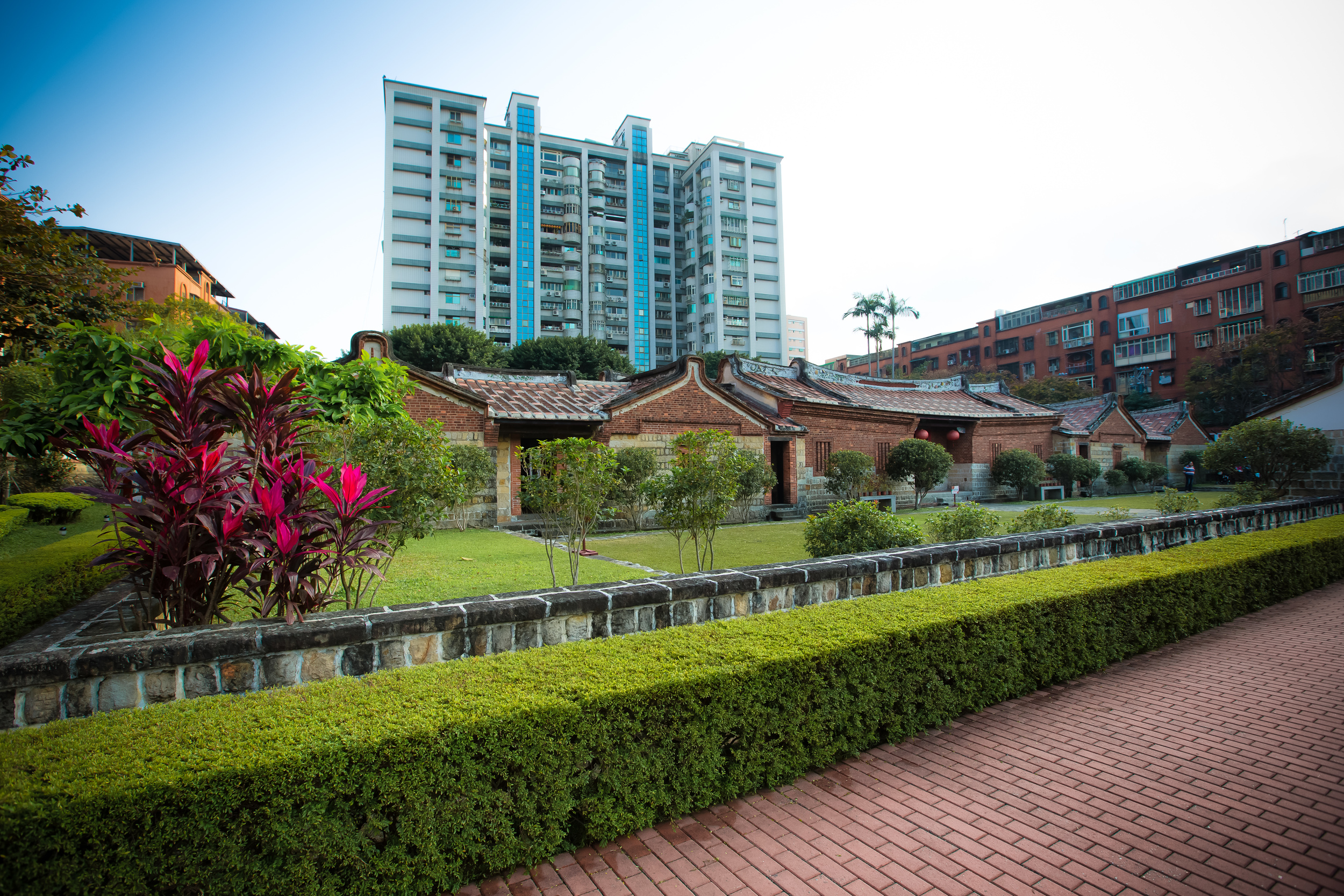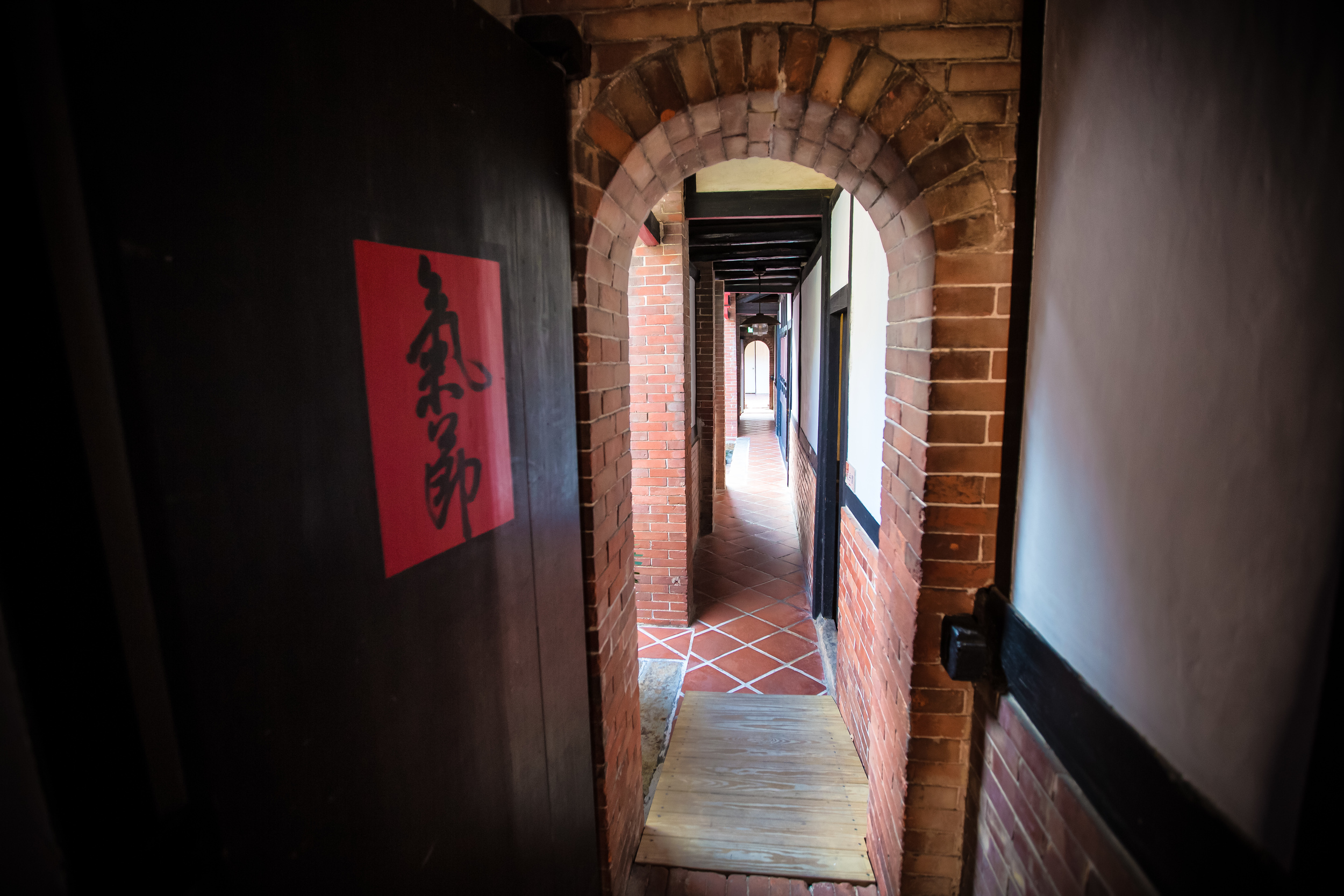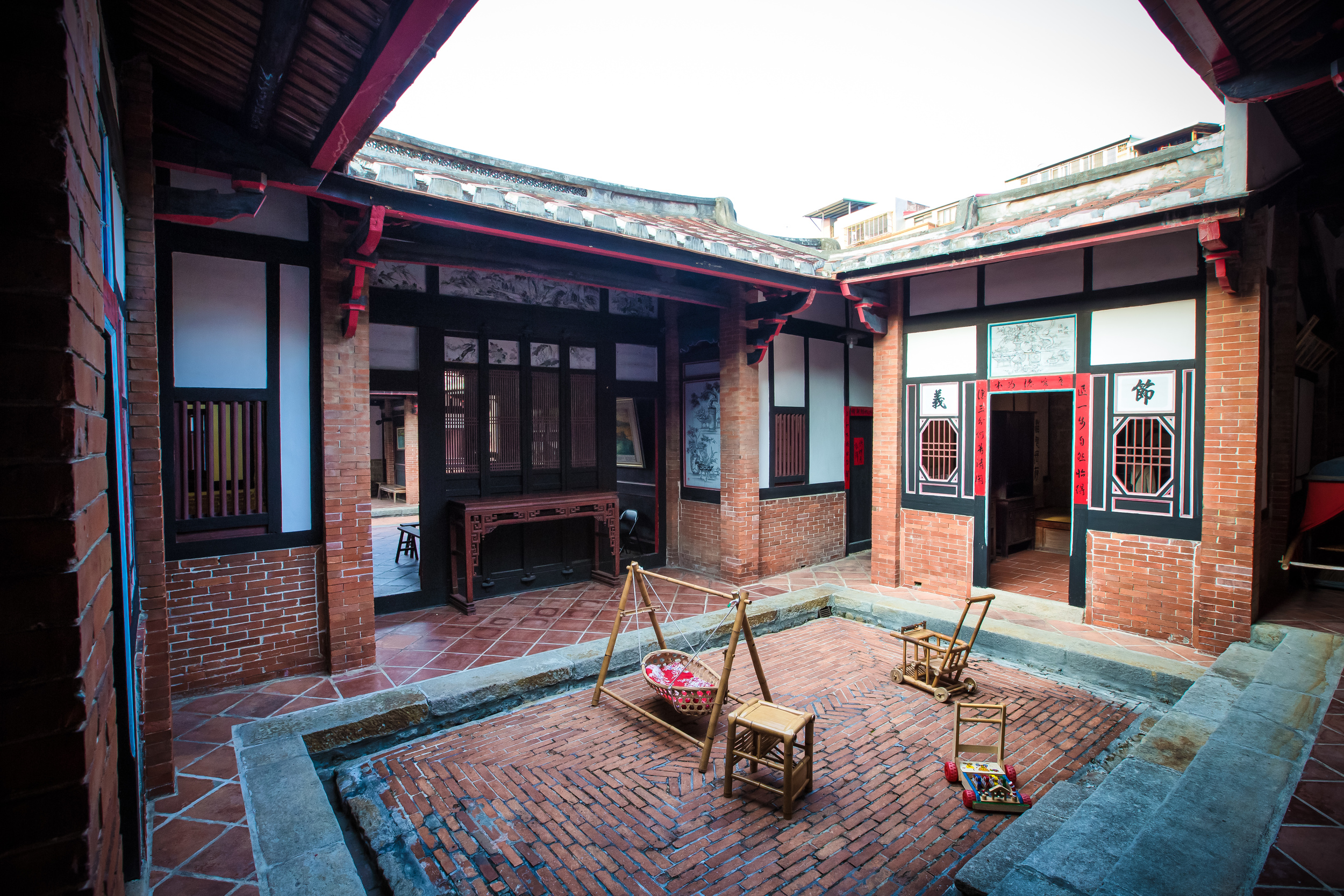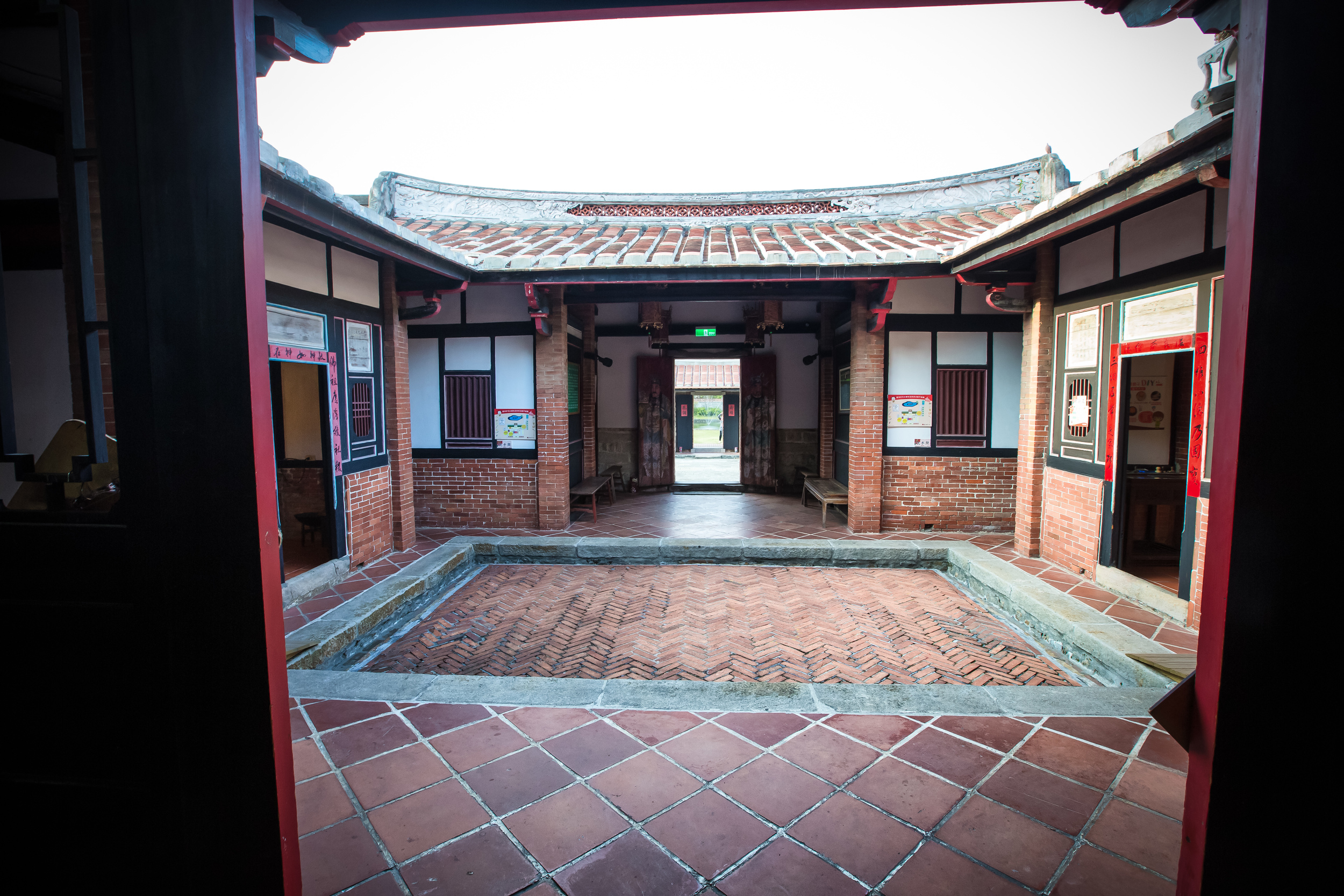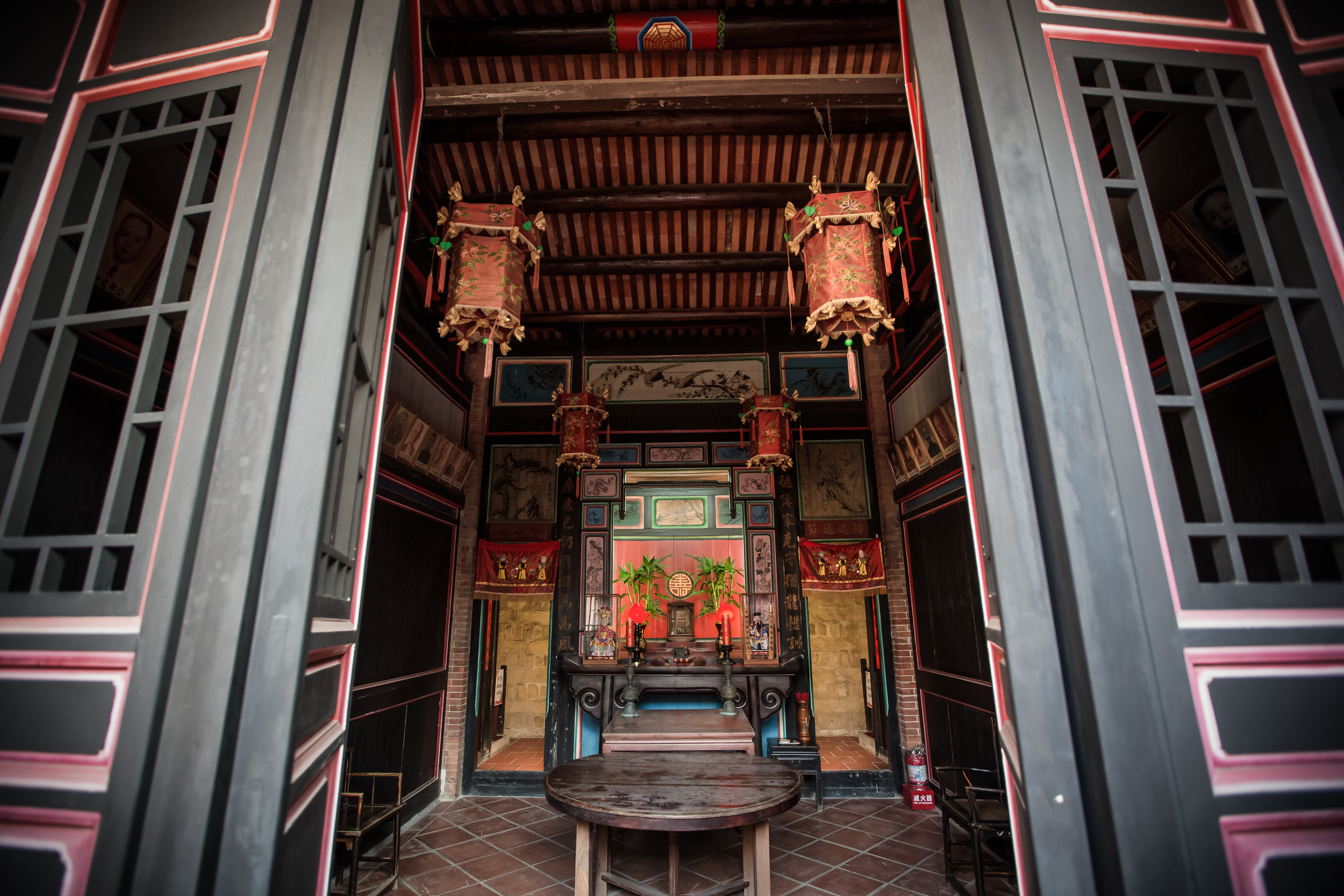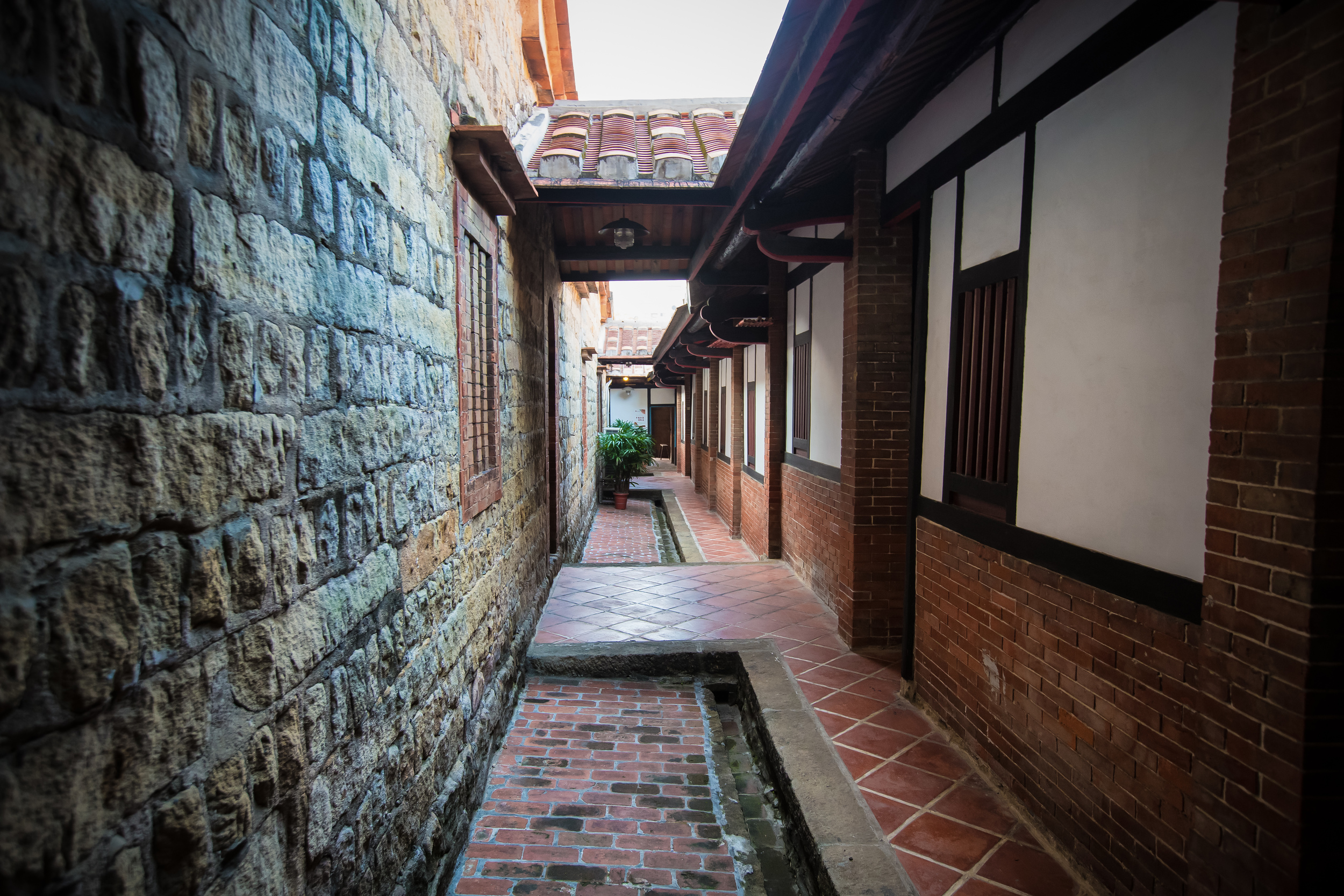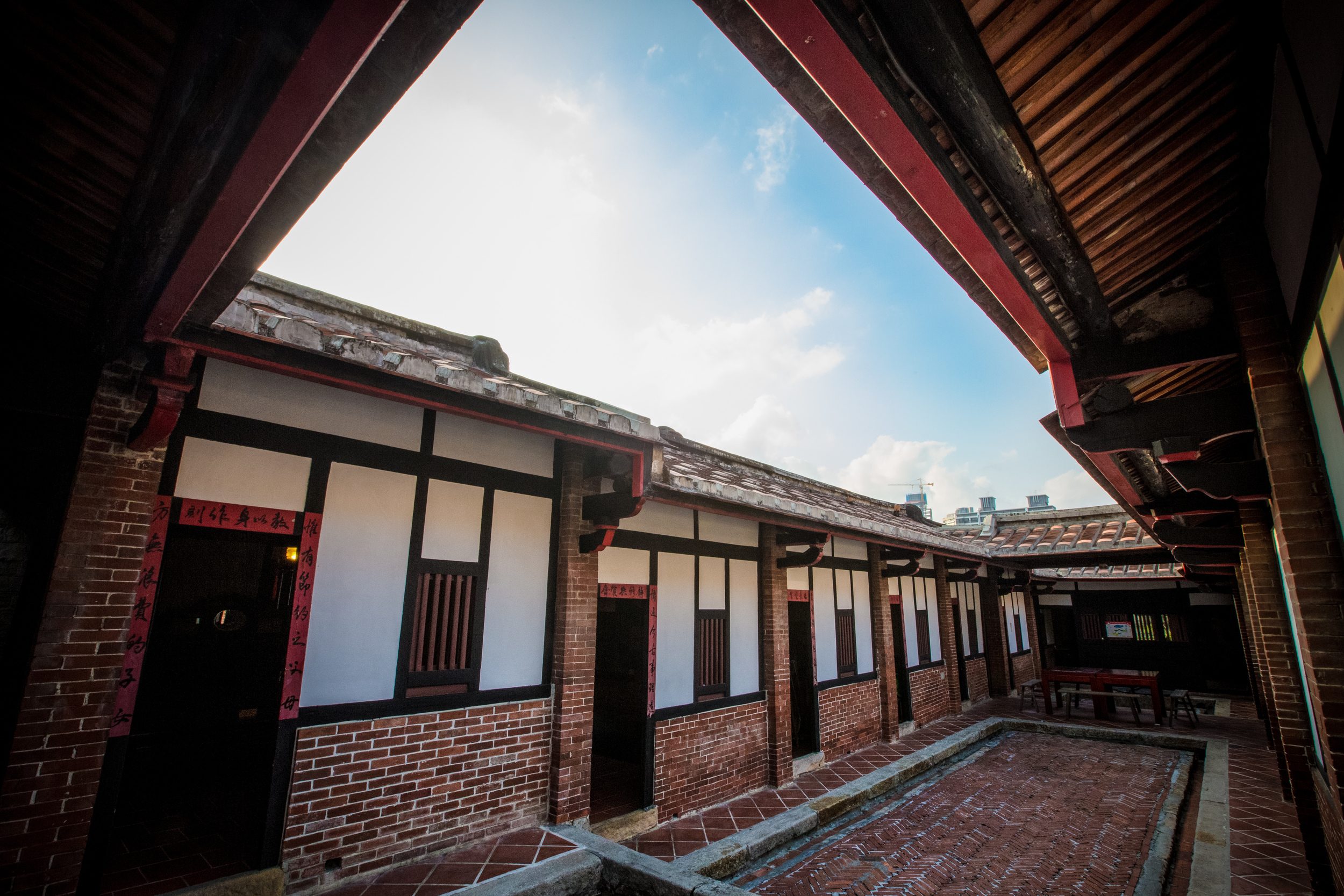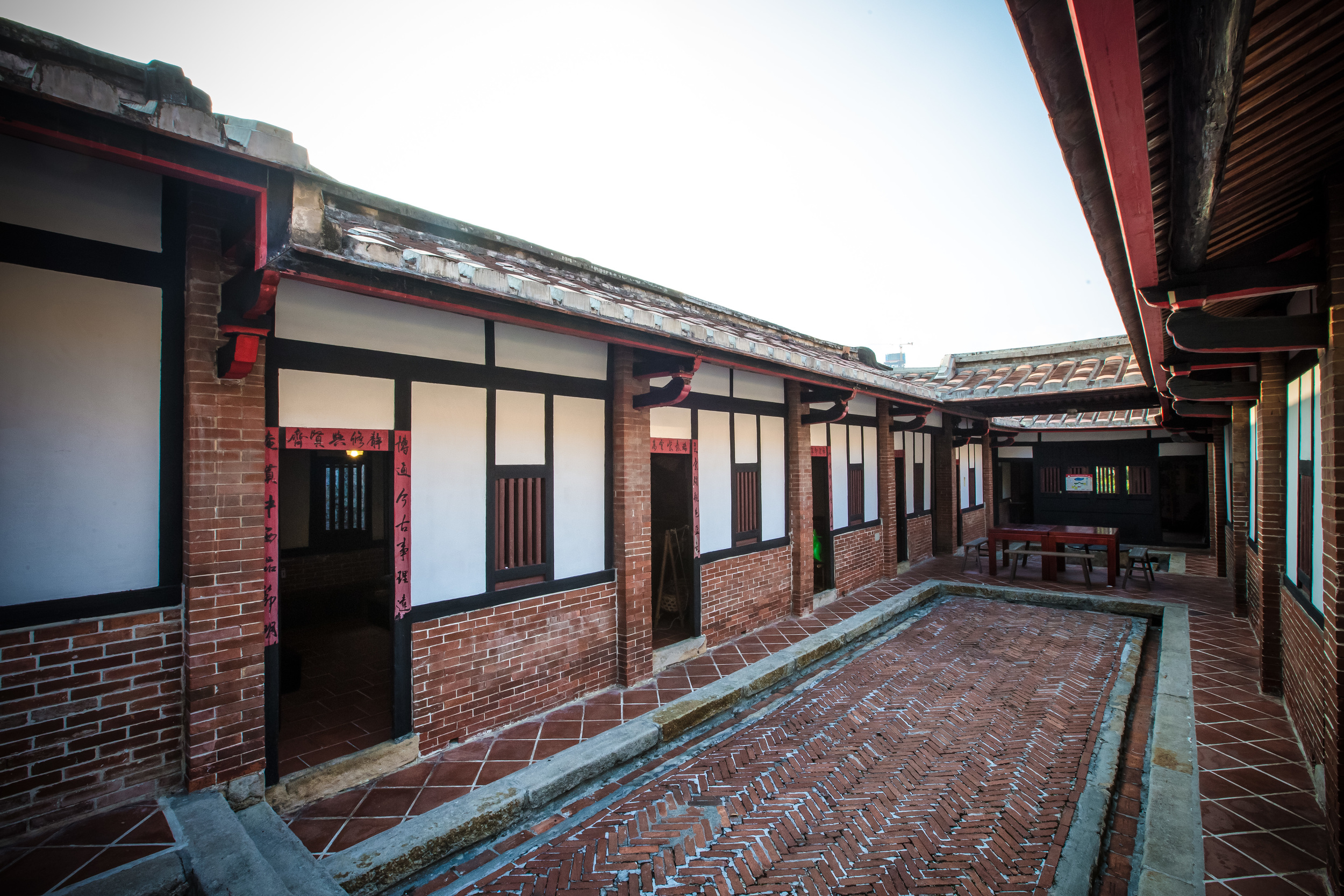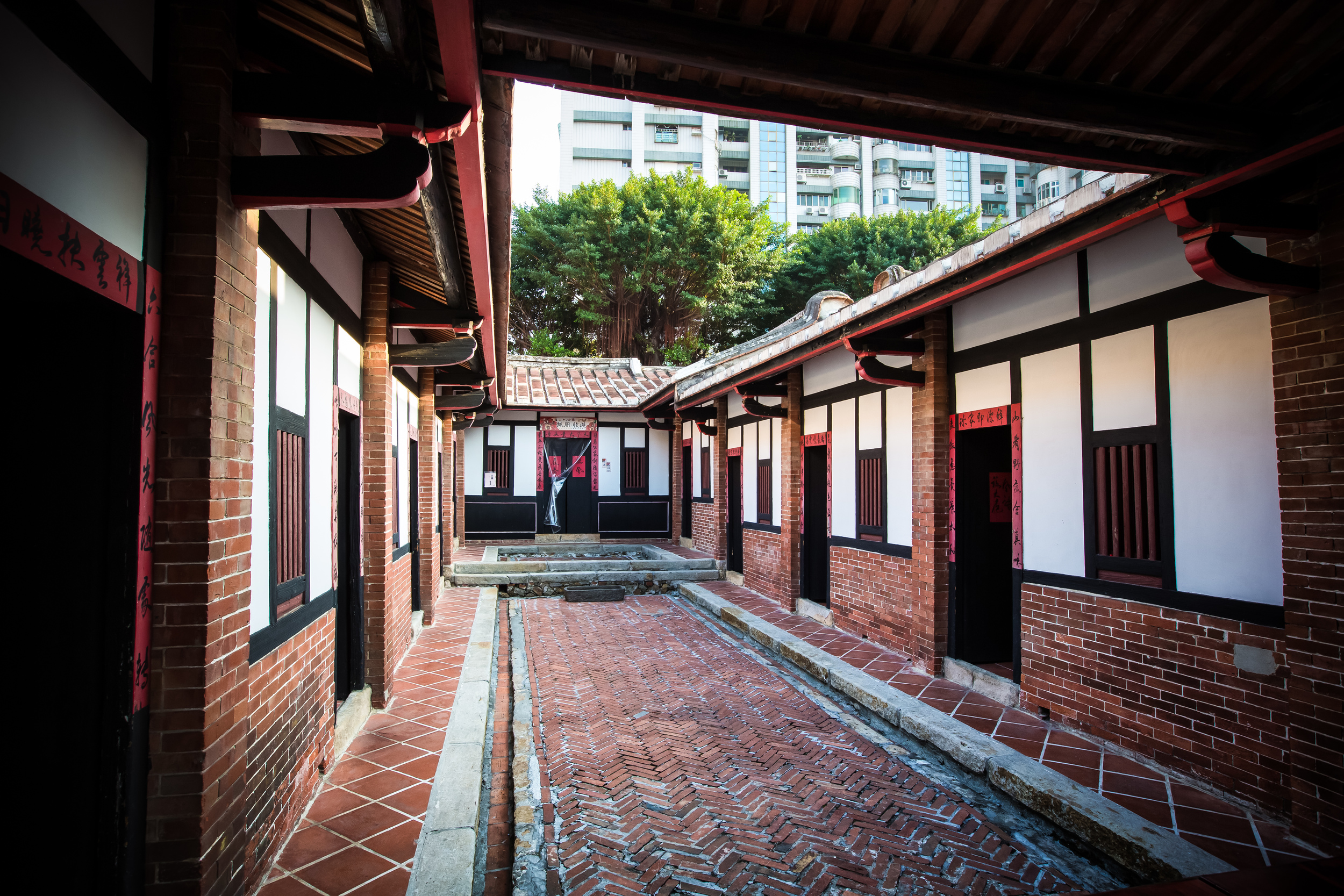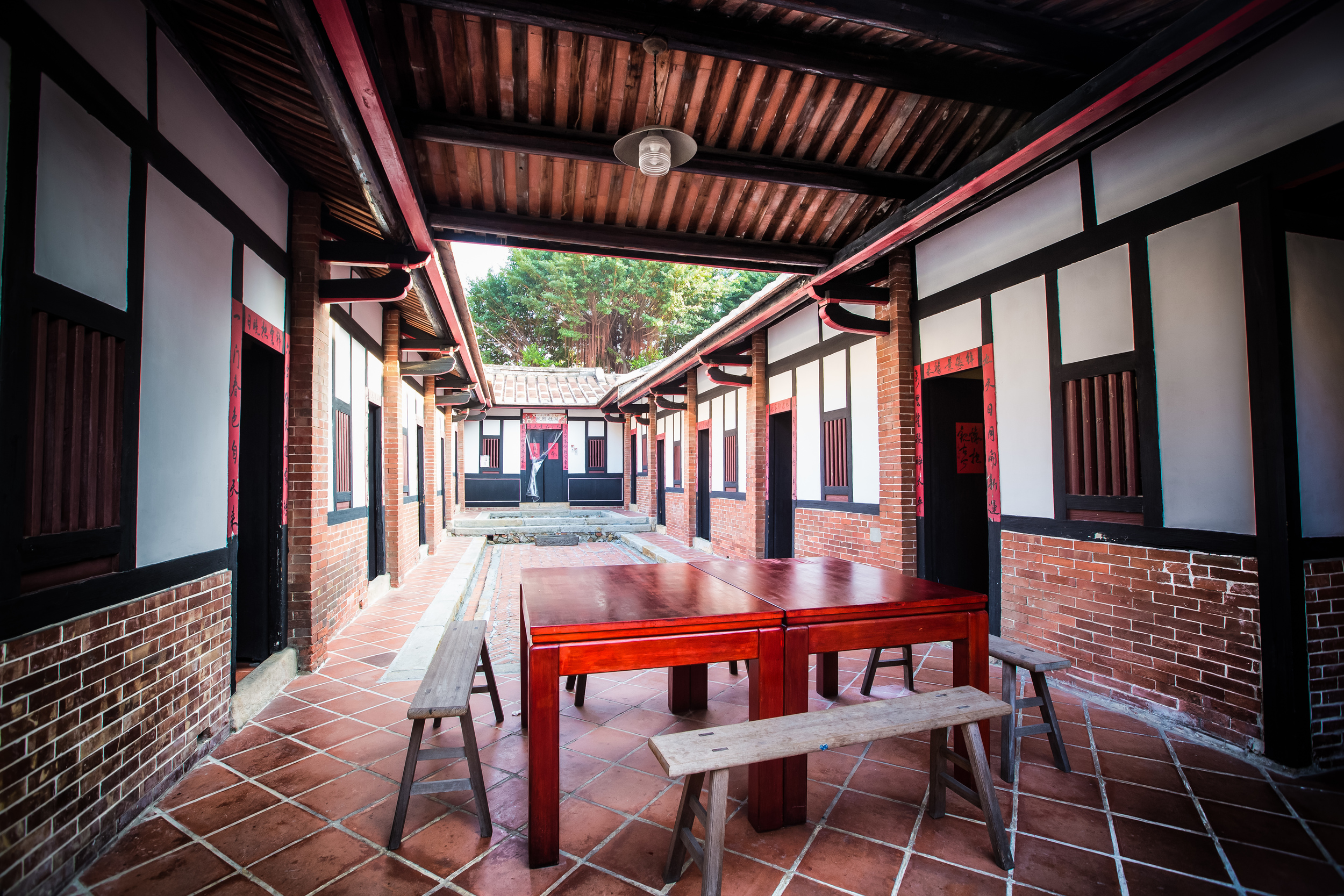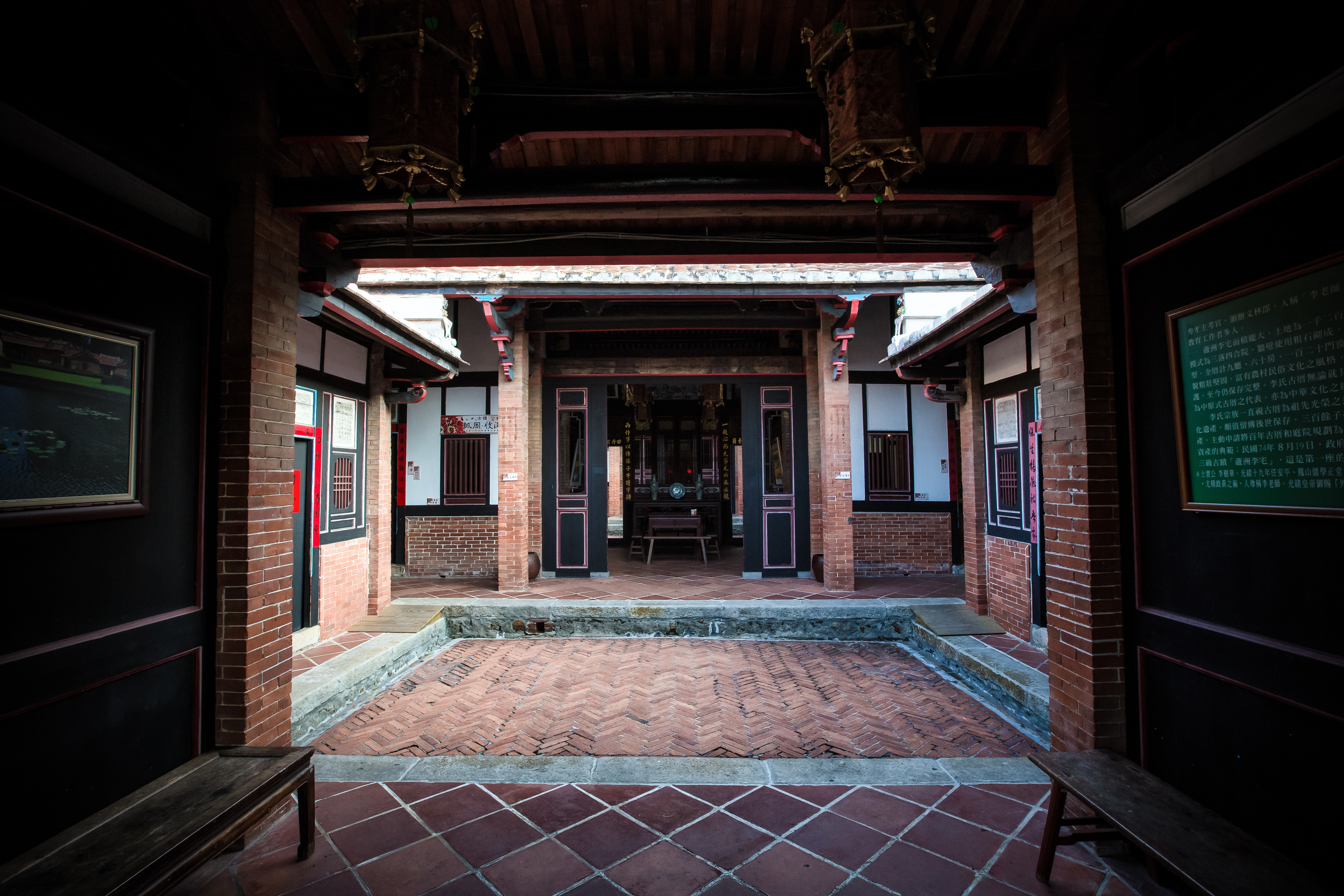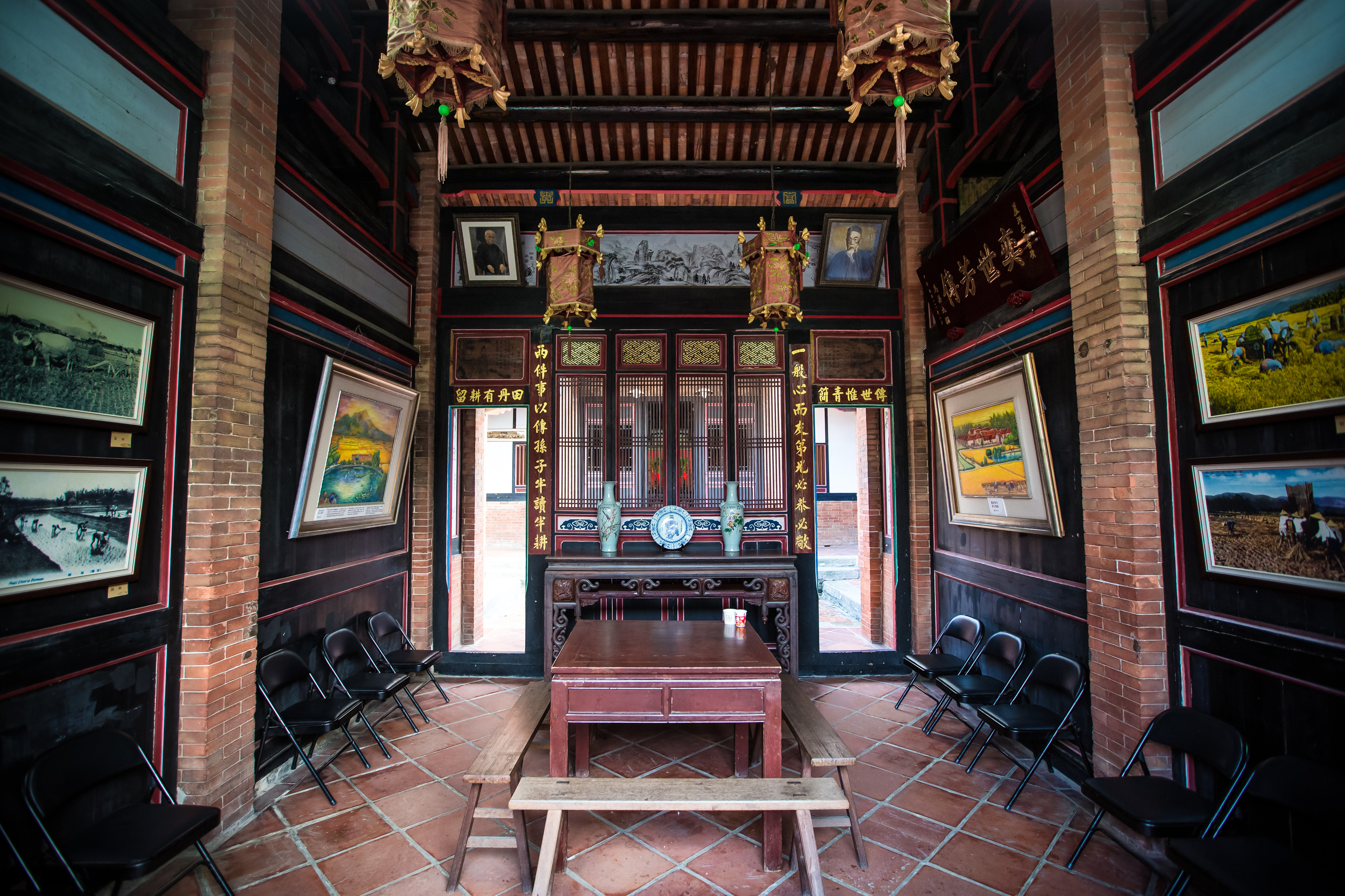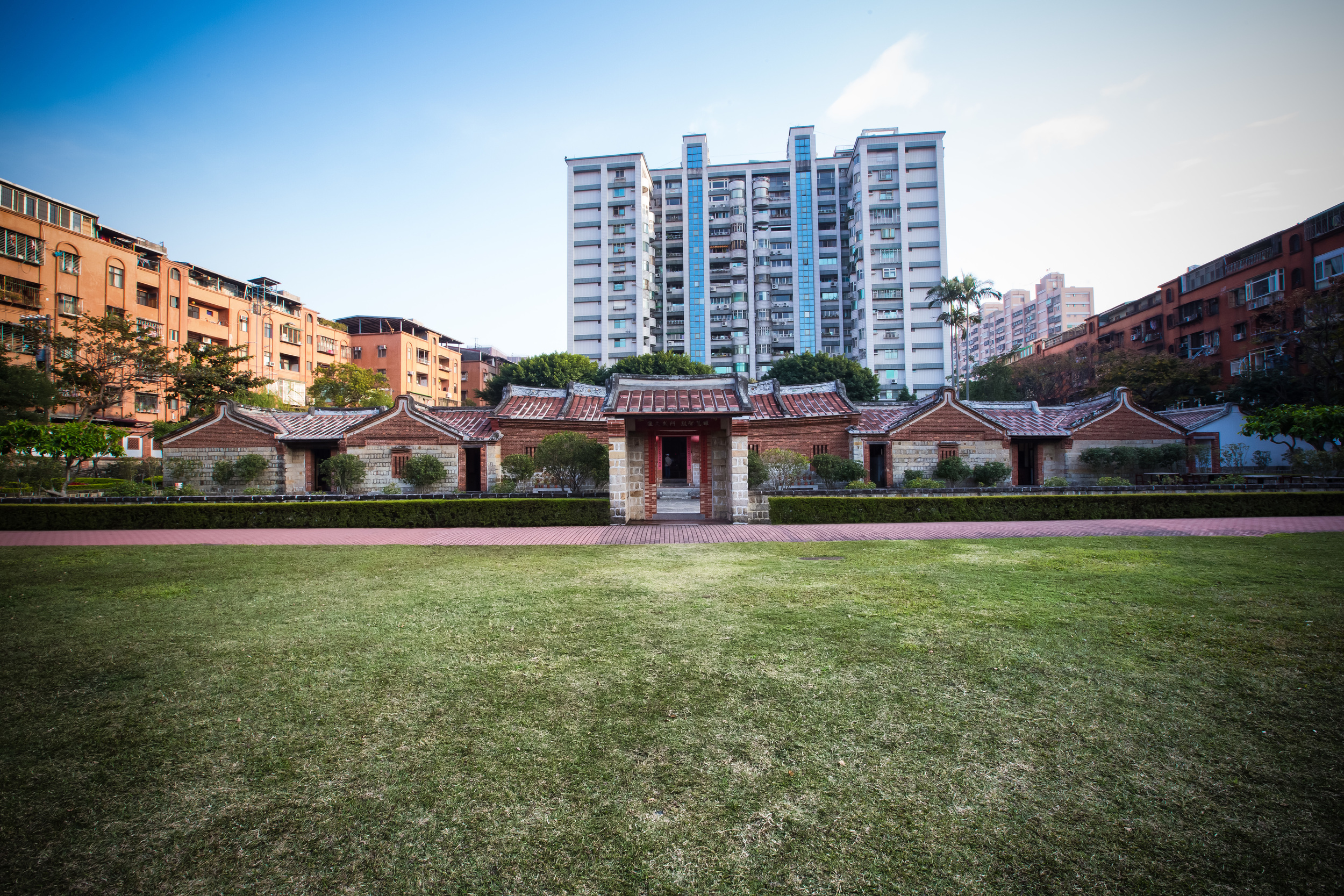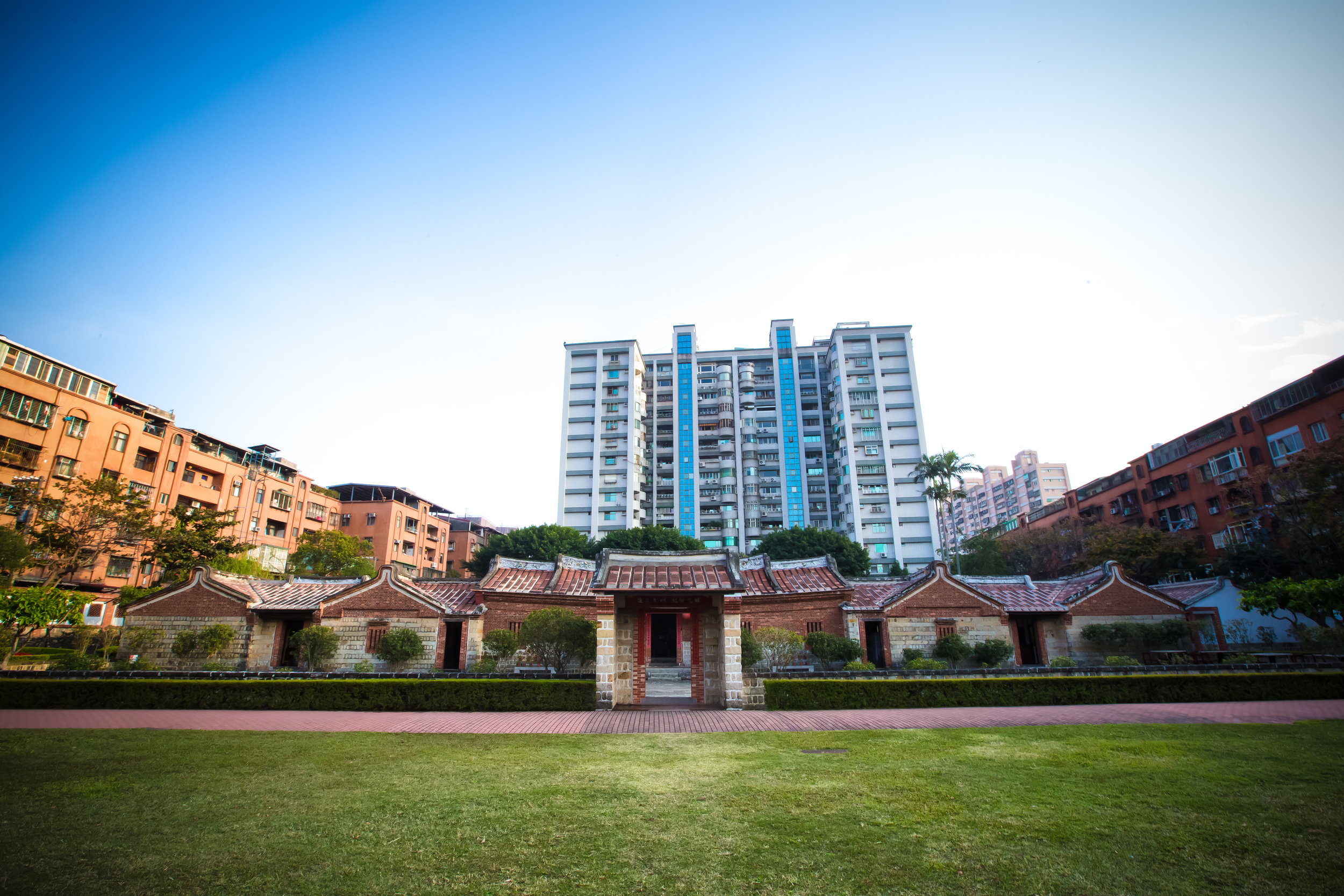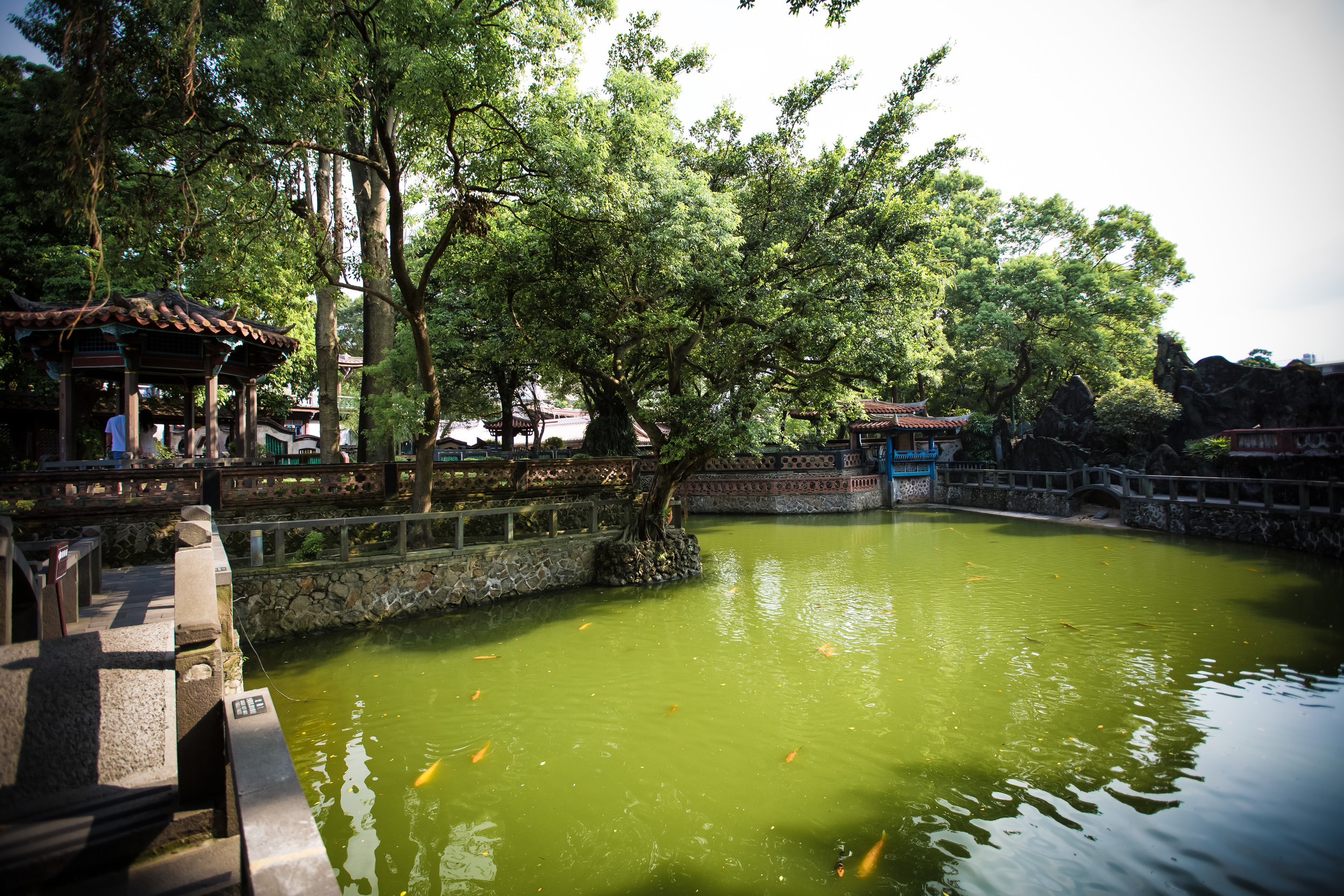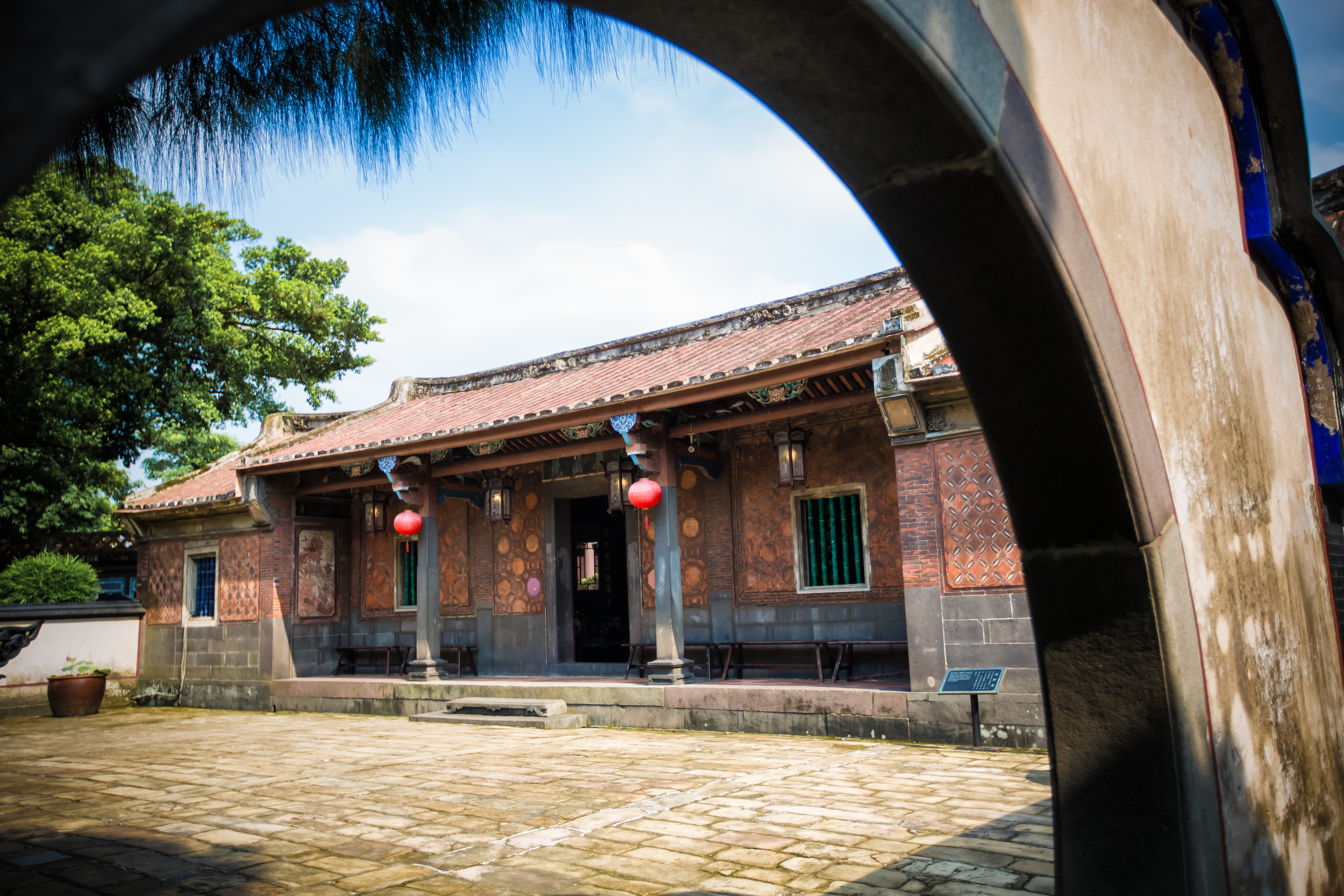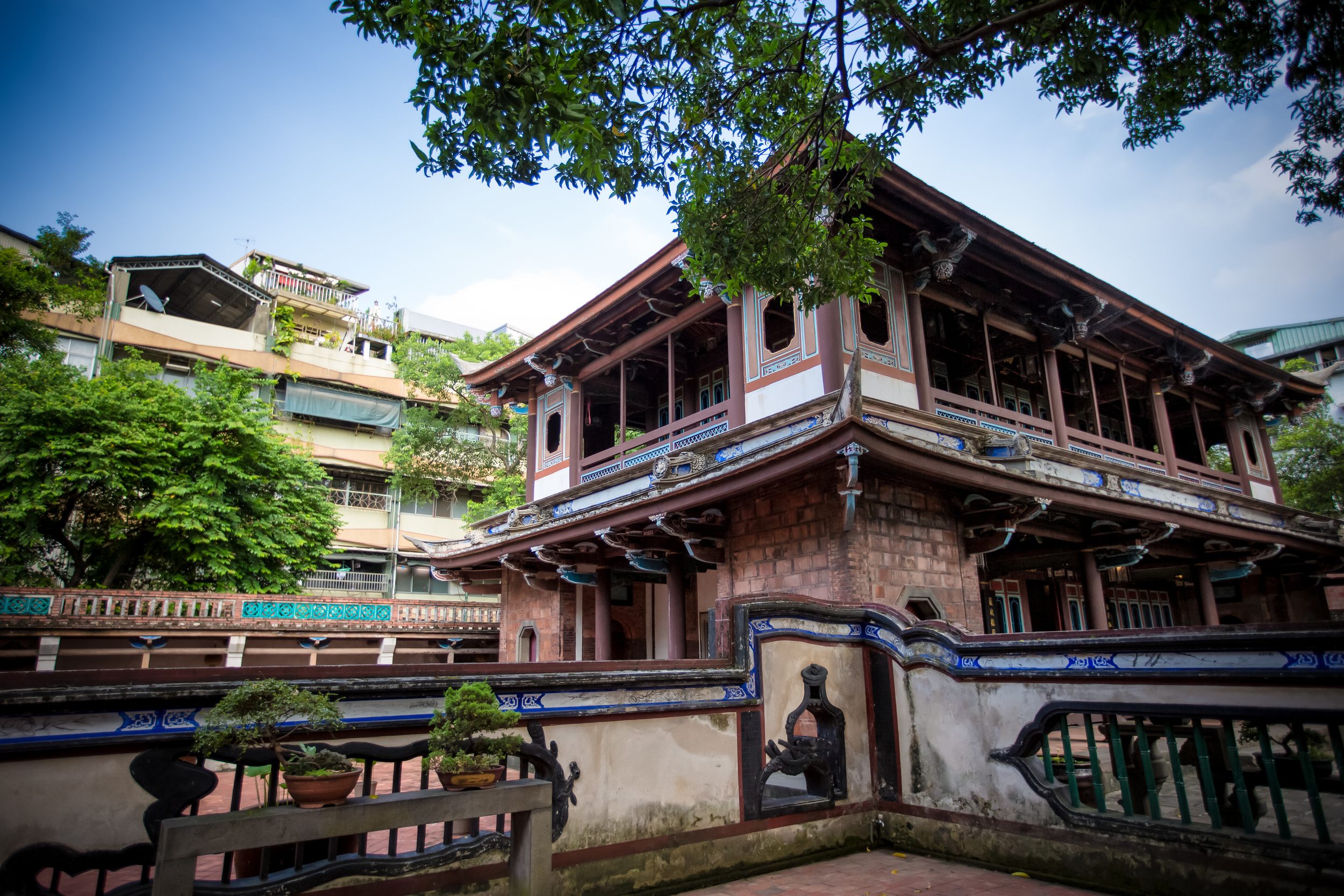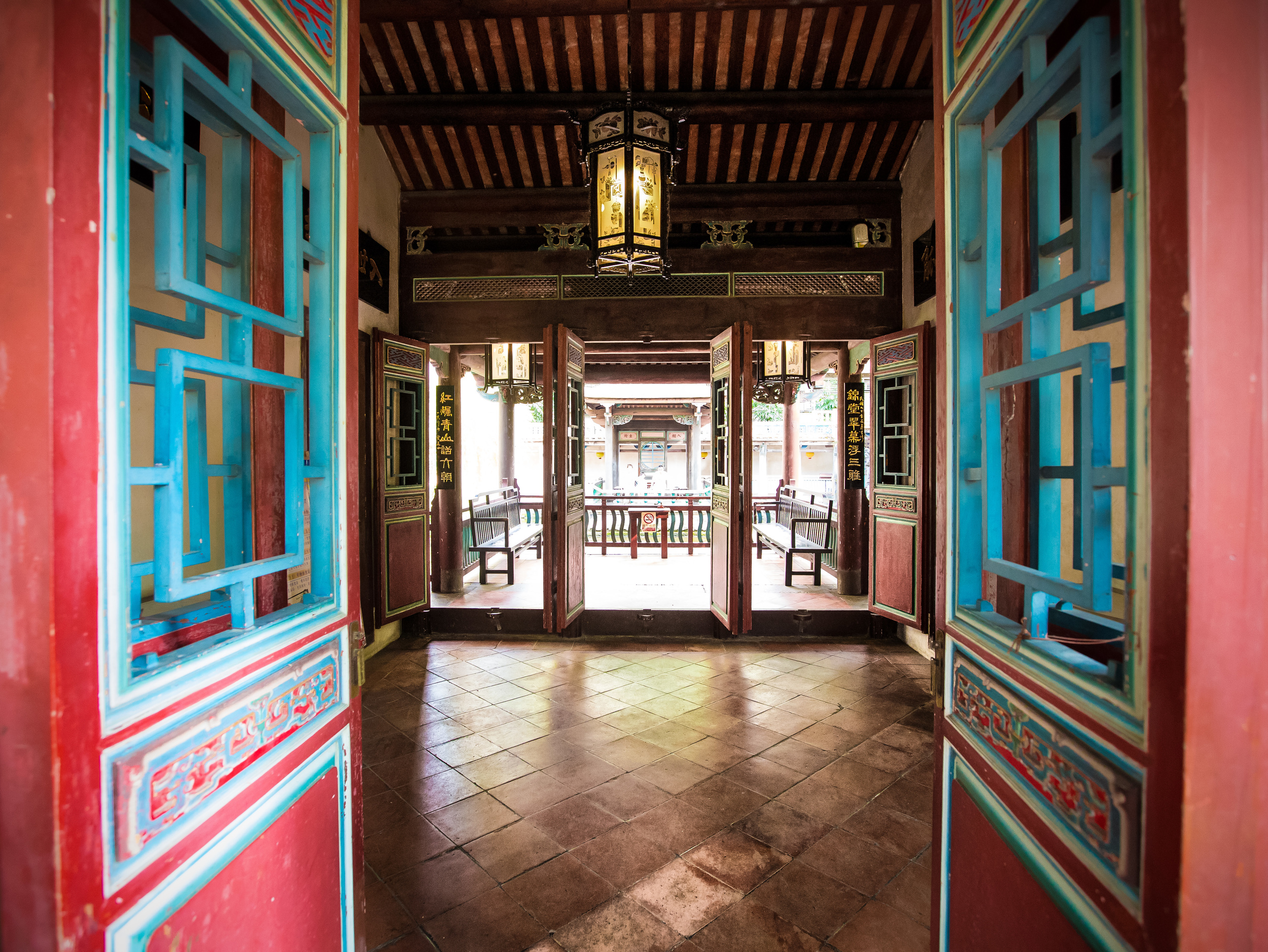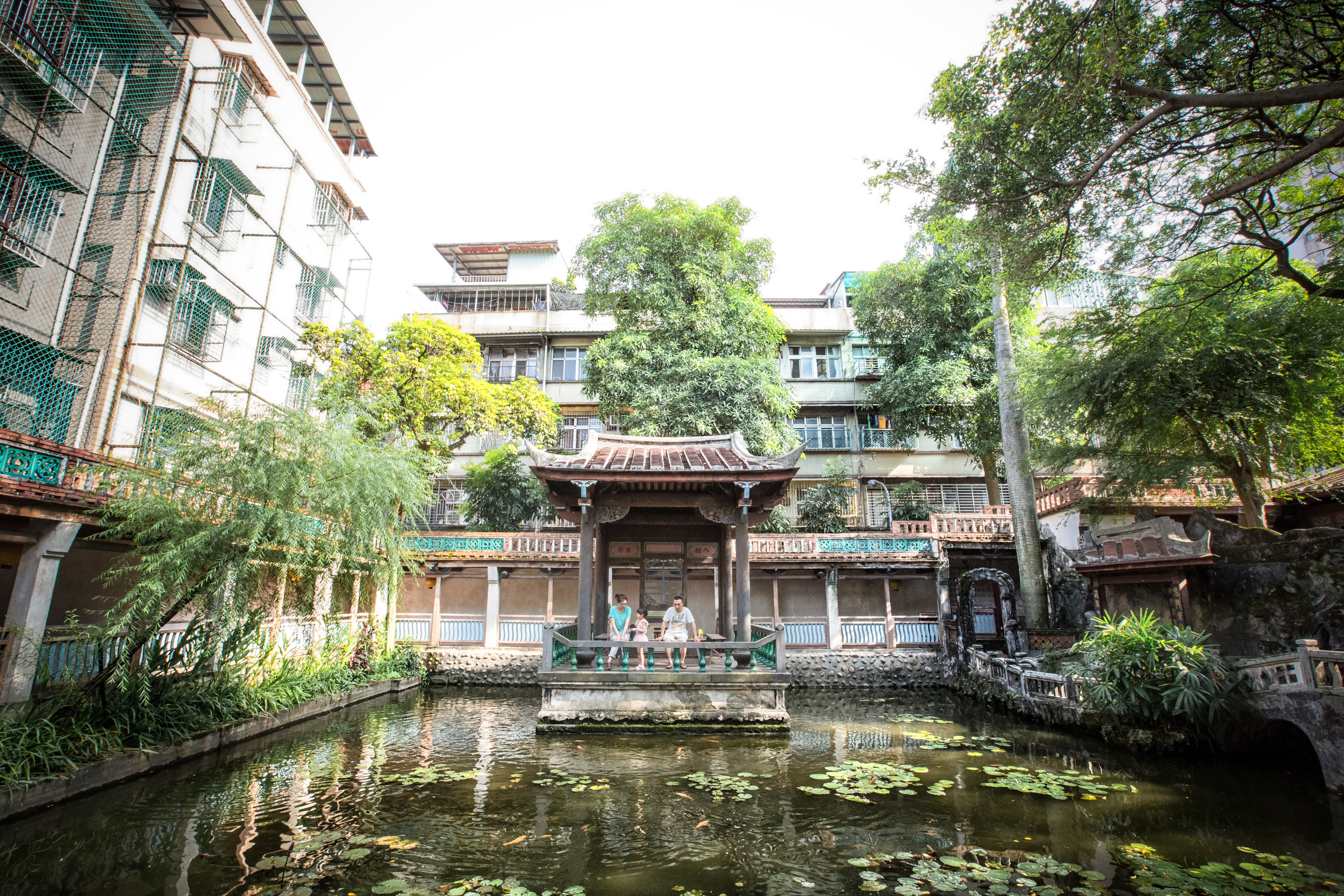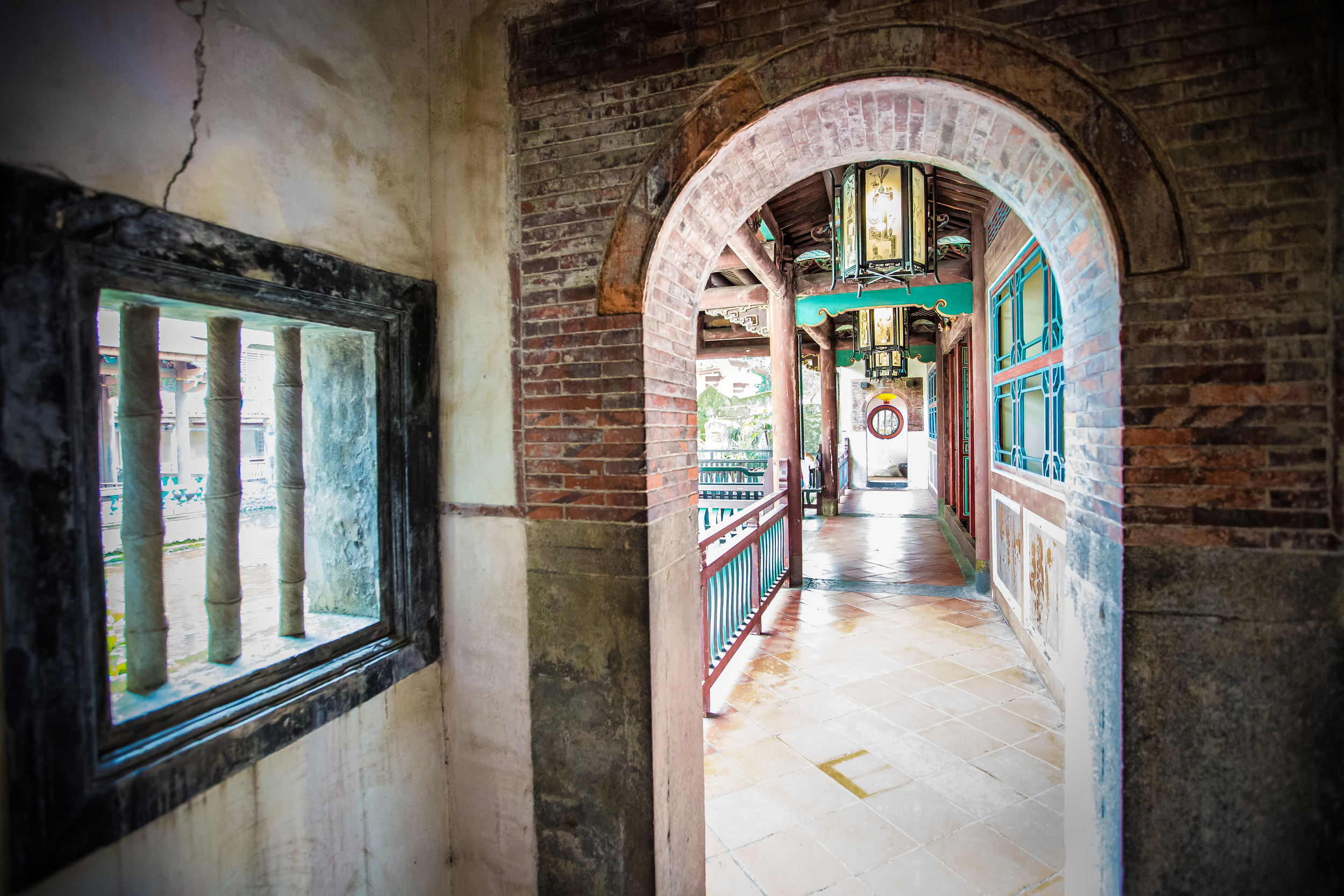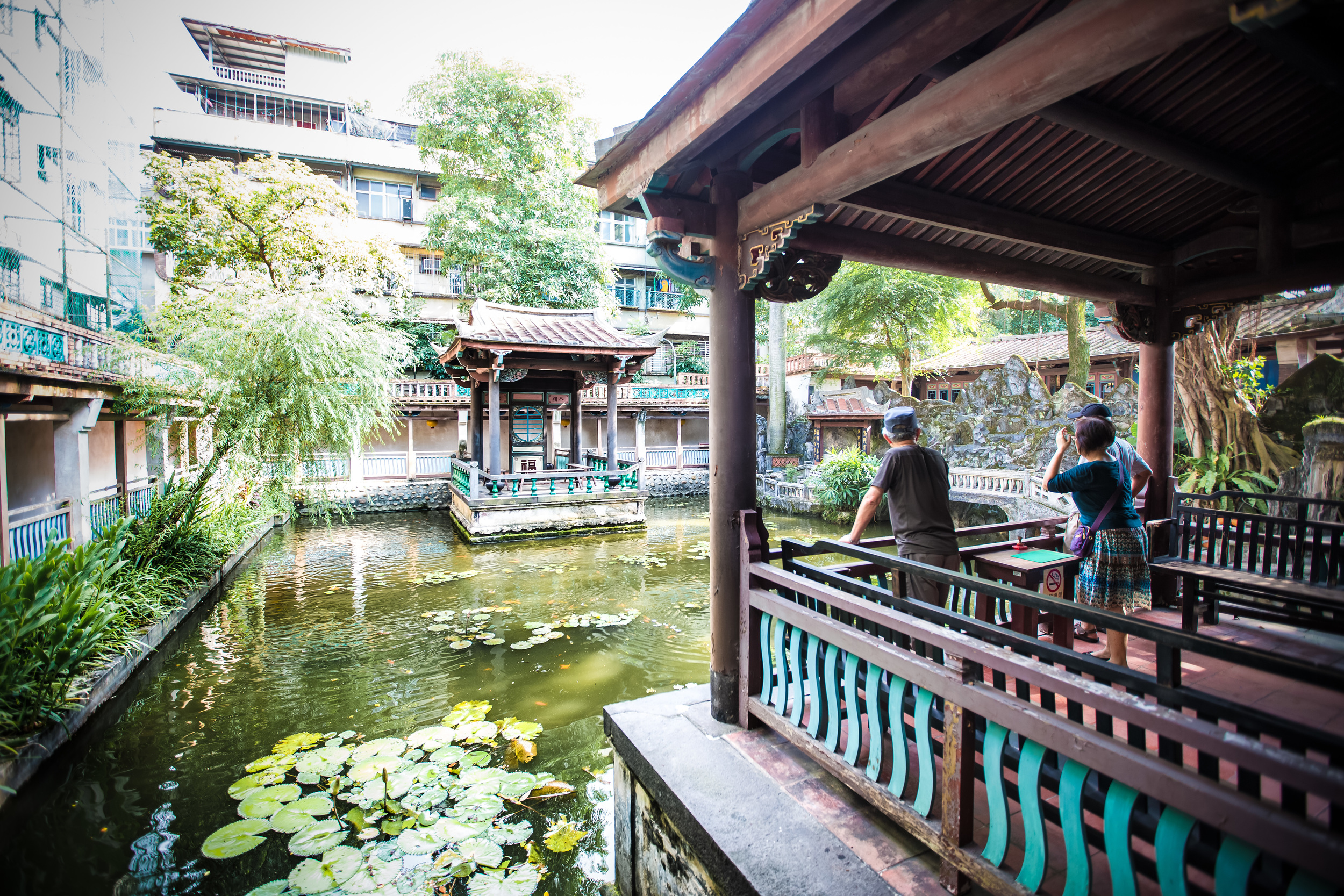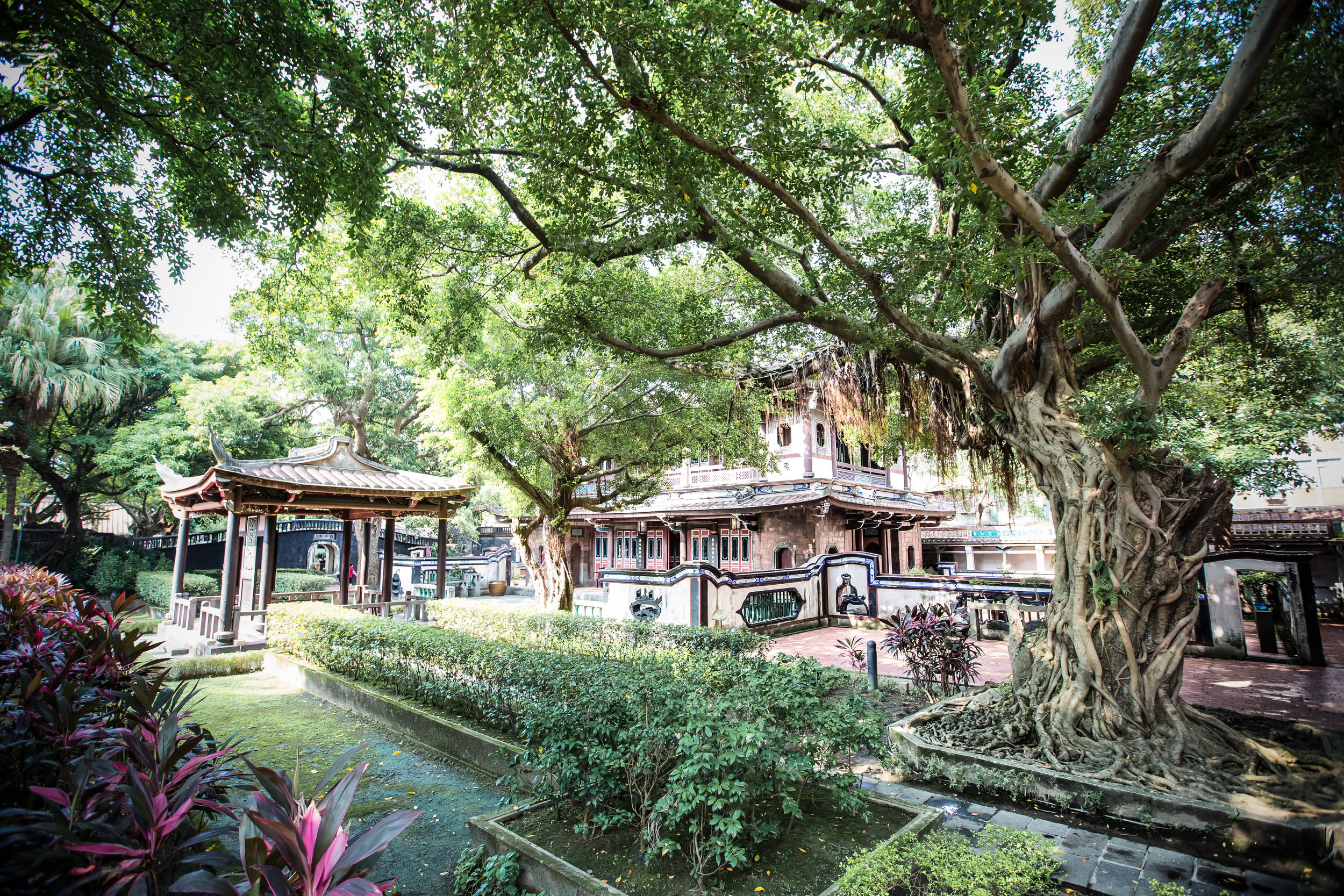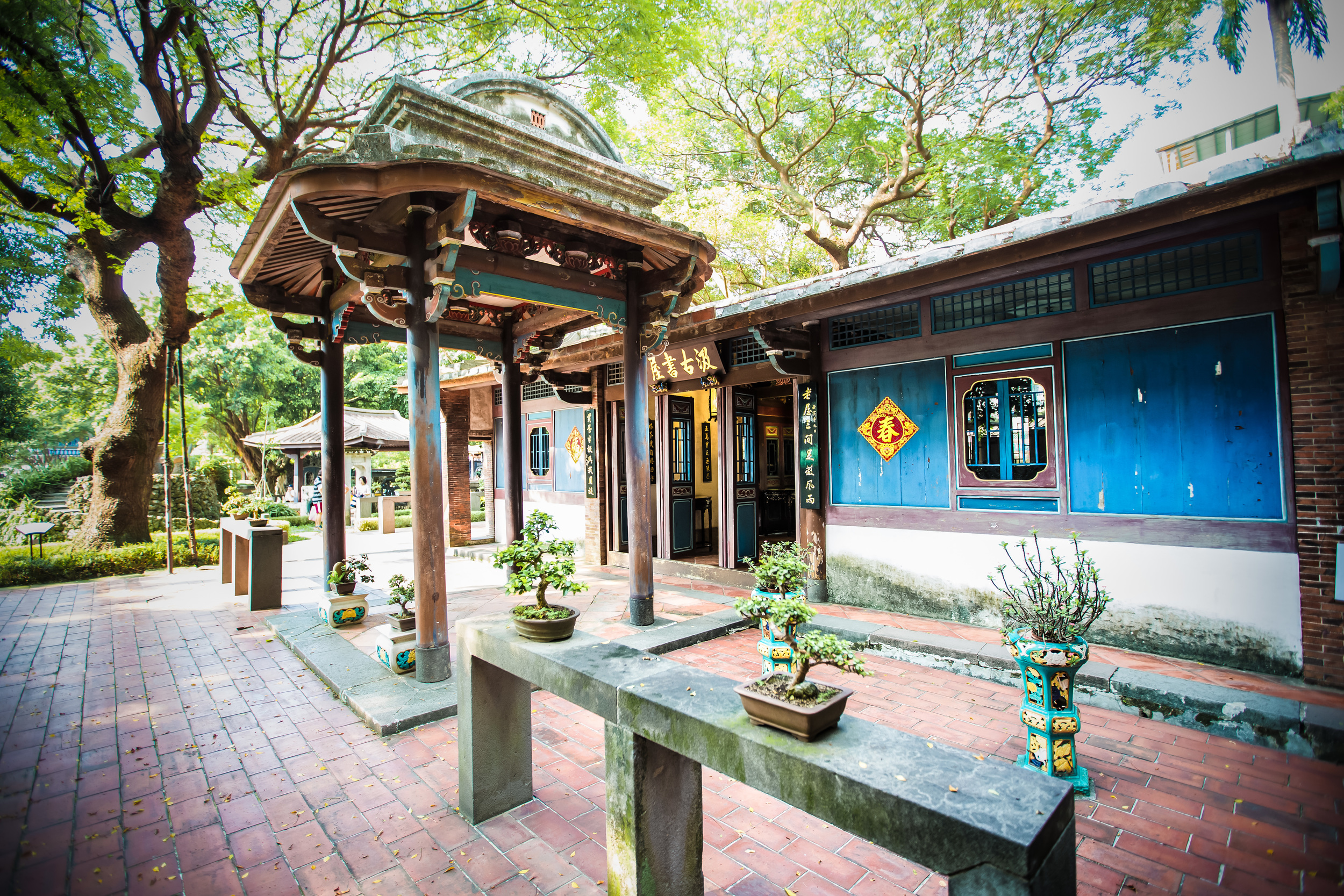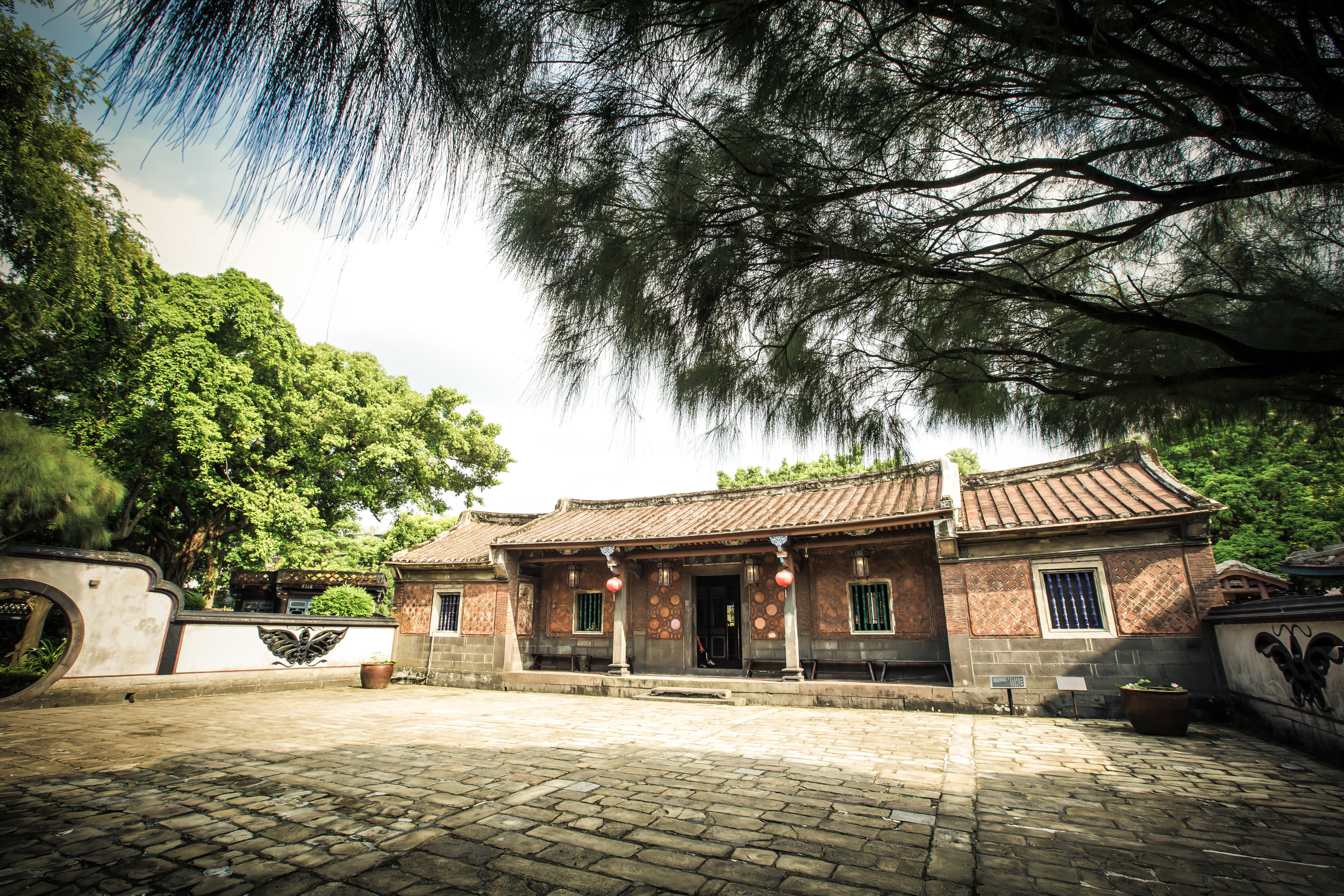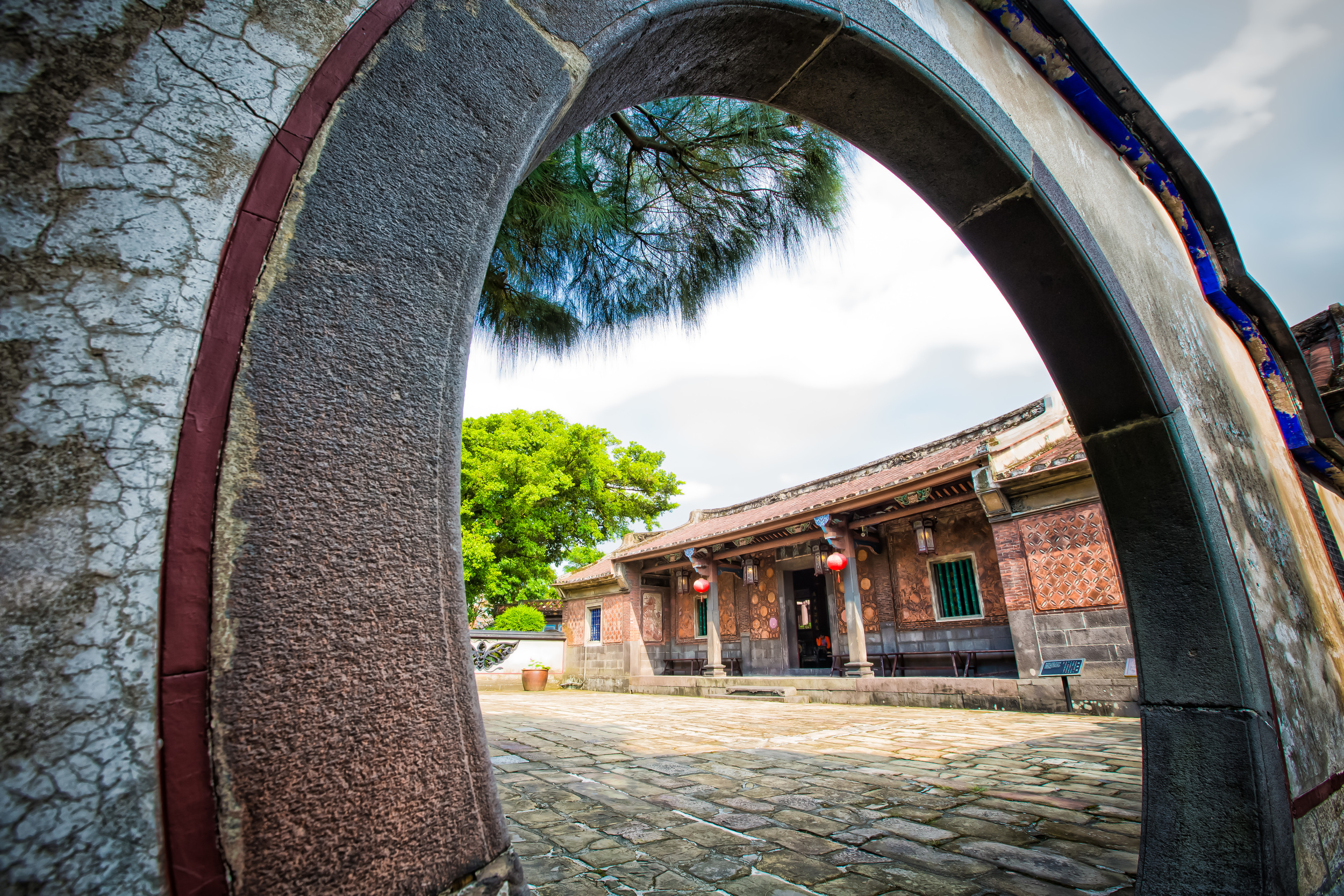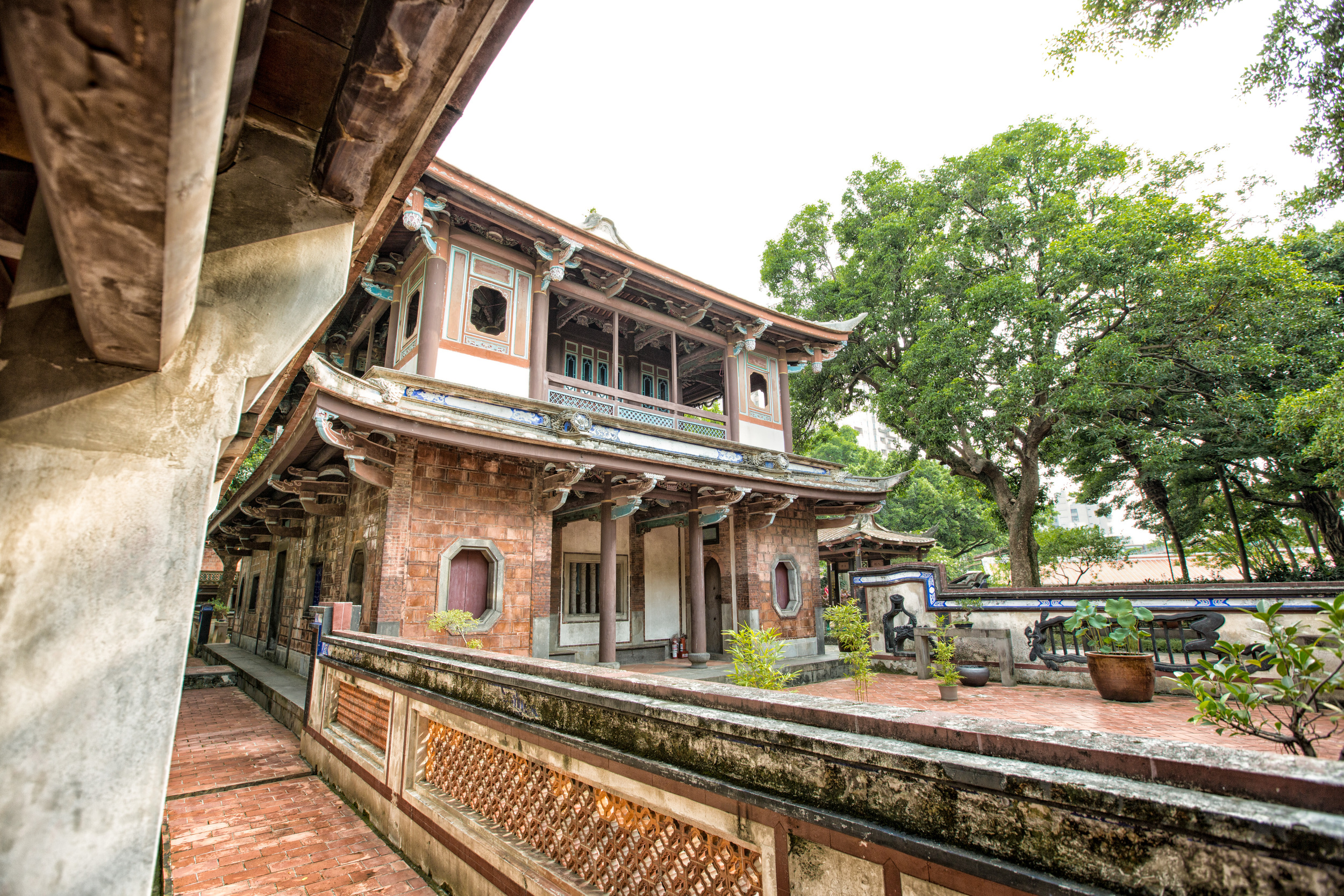Taiwan has hundreds if not thousands of traditional mansions throughout the country - but in Taipei, most of them have unfortunately given way to "progress" and have been demolished in order to build high-rise residential buildings.
I don't live in Taipei so I have the opportunity to see a lot of these old Fujian-style houses quite often. I find that the further you travel south in the country, the more likely you are to find these kind of buildings. A lot of what you find in the south though aren't as well preserved as the two mansions I'm about to introduce and a lot of them are actually still used as residences and are not open to the public.
This blog is about two of greater Taipei's more prominent historical mansions. Both of these mansions date back over a hundred years and like most traditional houses in Taiwan are Fujian-style mansions, but they differ a bit in the way they were constructed, the amount of space they have and what they're used for today.
Both mansions are beautiful, there is no doubt about that, but they can be a bit touristy and are usually full of people on weekends due to their easy accessibility. They both provide a very nostalgic look back into Taiwanese history and allow people to trace their roots and teach history to their children who are more focused on the future than the past.
Li Family Abode 蘆洲李宅古蹟
The Lee Family Mansion, a 3rd class historic site in Luzhou has recently become more accessible to residents of Taipei through the completion of the Luzhou line (蘆洲線) of Taipei's MRT. The mansion is a short walk from the MRT station and has an admission fee of $100NT.
The Lee Family Mansion has an interesting history - it was built in 1906 by the Lee family which became quite rich during the time and had expanded the building several times and owned much of the land around the mansion. The most important member of the Lee family in recent history was Lee You-Bang (李友邦) who was a general in the anti-Japanese militia. Lee led a successful insurrection against the Japanese, but when the Nationalists took control of Taiwan he was ultimately accused of being a communist and he and his wife were imprisoned several times before he was executed by the KMT government in 1952.
After Lee's execution, the mansion was maintained by his wife and was opened to the public in 2006. Today Lee Yao Bang is considered a Taiwanese patriot who fought bravely against the Japanese occupation of the country. His unfortunate demise somehow seems to have been forgotten however although I'm sure there were a lot of apologies given to his wife who was also persecuted under Taiwan's white terror era.
The mansion has been open for several years and holds several different activities throughout the year making it a tourist hot spot for Taiwanese people. It hasn't really been on the radar of foreign visitors up until recently though due to the completion of the Luzhou line of the Taipei MRT which made it more accessible.
The mansion is well worth a look, especially if you're planning an afternoon exploring the Luzhou area. The area is quite interesting and the temple night market near the the Lee Family Abode is pretty cool to check out. You won't need to spend very much time at the mansion unless you want to listen to every audio presentation in the rooms. The area would also be nice for a picnic as there is a grassy front yard with a small lake in front.
Lee Family Abode Website (No English)
Li Family Abode Gallery (Click on Image to enlarge)
Flickr Link
Lin Family Mansion 板橋林家花園
The Lin Family Garden and Mansion in Banqiao shares some similarities with the Lee Family Mansion in Luzhou, but this one is much grander in scale and includes a traditional Chinese garden. This mansion is considered to have the best traditional gardens in northern Taiwan and there has been a concerted effort over the past few decades to preserved the grounds for public use.
The Lin Ben Yuan family (林本源) which was one of the most powerful Chinese-immigrant clans during the Japanese occupation period. The Lin clan were wealthy rice and salt farmers who moved to Banqiao (板橋) in the 1850s and constructed the Lin family mansion there. Due to the social atmosphere are the time, the mansion was built with security and privacy in mind, so it has high walls on all four sides and trees surrounding it. (I'm pretty sure some Ninjas could have gained pretty easy access to the grounds if they wanted to, but that might just be because I have an overactive imagination) The trees block the view of all the buildings surrounding the mansion which gives it a much different feeling than what you get at the Lee family mansion and almost transports you back in time before Taiwan became such massively urban developed country and another reason why the Lin family gardens is almost a must visit for tourists coming to Taiwan.
Similar to the situation with the Lee Family Abode, the Lin family seemed to do extremely well during the Japanese occupation amassing a large fortune and kept constructing new buildings within the grounds. They however they never forgot their Chinese heritage and used the grounds as a headquarters for meetings of the Chinese families who were opposed to the Japanese.
Ironically when the nationalists took control of Taiwan after 1949 the mansion went from housing the Lin family to housing over 300 different families of squatters and suffered long periods of neglect until the Lin family ultimately ceeded ownership of the property to the Taipei city government in 1977 and donated 11 million NT dollars for its reconstruction.
The grounds are currently well-preserved and clean and are regarded as one of Taiwan's best examples of a traditional Chinese garden. If you have a chance to visit Taiwan, or if you are already in Taiwan and haven't visited these gardens yet, make sure to visit when you have free time!
